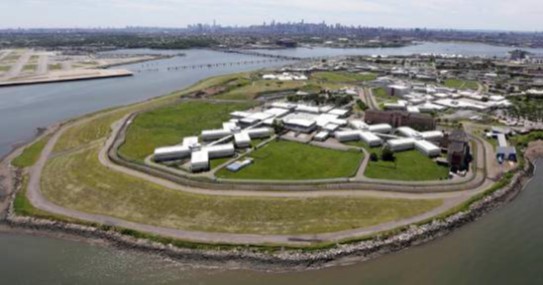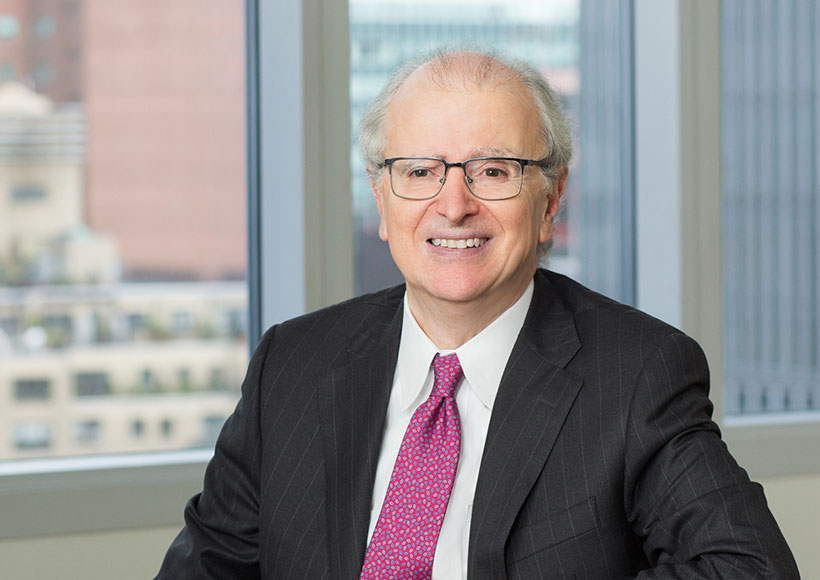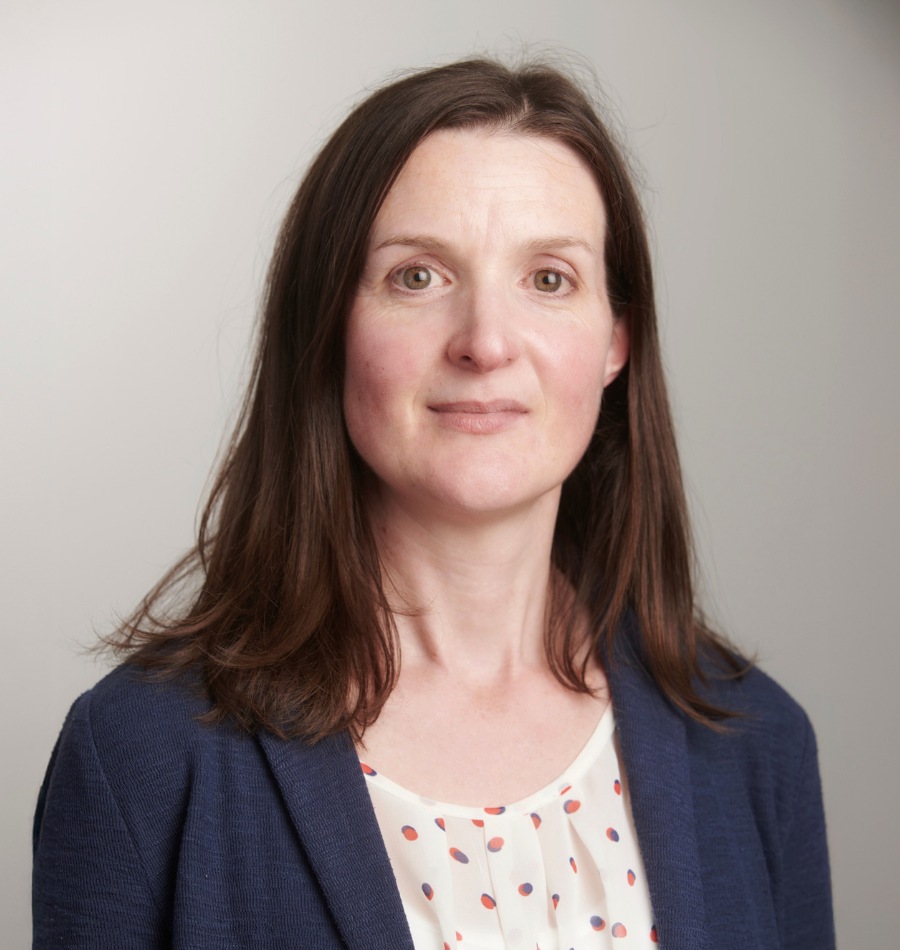// Interview: Honourable Chief Judge Jonathan Lippman
Head of the Independent Commission on New York City Criminal Justice and Incarceration Reform
JT: During your career, what have been the main changes in the American justice system that you rejoiced in championing and witnessing?
JL: In many ways, we have a more sophisticated view of criminal justice in the United States than we did at one time. I think that we have a tendency here in the US – and I don’t think it is so different in Europe or elsewhere around the world – to sometimes get lost in the “tough on crime, soft on crime” dynamic, instead of being smart on crime.
And I think we understand, now, that the answer to all our problems, and all of the problems of the world, is not to throw everyone in jail. That’s a knee-jerk reaction to crime, and it’s not necessarily beneficial to public safety. We’re starting to understand that you have to have a multitude of responses to crime, not just punishment or incarceration.
Our response is becoming more enlightened, and now includes diversion programmes, treating defendants in different ways, having a nontraditional view of the criminal justice system that’s not always adversarial nature but maybe more problem-solving in its approach, and a recognition that courts are, in many ways, the emergency room for society’s ailments.
Our response is becoming more holistic. Social problems come to the doorstep of the courthouses and our judiciary. Depending on how we respond to the particular situation, we can improve or worsen society.
JT: Several ideals for which you have fought have come to fruition, namely the establishment in 2010 of a permanent commission to set judicial salaries, after a decade-long legislative logjam, and the passage in 2012 of a law intended to combat wrongful convictions by giving convicts greater access to DNA testing.
How do you feel about these achievements?
JL: The salary commissions are very important because judges must be professional and view their careers in a professional context – whether criminal or civil. If you feel that you’re not appreciated and not recognised, it’s hard for judges to do their job. But, in the broader context, the commissions help form the basis of a professional judiciary.
I’m very pleased that several things I proposed have come to pass. For example, I was able to secure 100 million dollars in funding from the legislative and executive branches of government in New York for pro bono civil legal services providers. If we don’t take care of civil representation, people “fall off the cliff,” becoming a burden on society, fomenting family dysfunction and sometimes even falling into criminal activity.
I viewed my role as Chief Judge as putting things on the table for public discussion. My job was to force the dialogue, to present an enlightened view of criminal justice.
In that vein, we recently had another wrongful conviction bill passed in New York, which I had proposed through our justice task force. It deals with the electronic videotaping of police interrogations and offers a more modern – and, in my opinion, appropriate – view of criminal eyewitness identification. Lineups and photo arrays will now be double-blind, which means that the person who does the photo array or the lineup won’t know who the real suspect is.
I’m also very proud of the juvenile justice bill that just passed in New York, which puts all misdemeanours in the Family Court for 16- and 17-year-olds and all nonviolent felonies in a special youth part of the Criminal Court, with specially trained judges. After 30 days, these cases will go into the Family Court, absent extraordinary circumstances.
And even violent felonies by 16- and 17-year olds, depending on the amount of violence and the type of crime, may also wind up in Family Court. So, we’re very pleased that the juvenile justice bill finally passed.
I viewed my role as Chief Judge as putting things on the table for public discussion. My job was to force the dialogue, to present an enlightened view of criminal justice.
I wrote a majority decision in New York State in a case called Hurrell-Harring et al, which was a systemic challenge to the indigent criminal defence system in New York. It basically alleged that there was a constitutional violation of the requirement to provide adequate representation for people whose liberty is at stake.
And, in a very unusual ruling in the High Court, we ruled that the lawsuit could continue. As a result, there was a settlement with the five counties that brought the lawsuit. Wearing my other hat as the head of the Indigent Criminal Defense Board in New York, we proposed that the term of that settlement be extended to the other 57 counties of New York.
That just recently took place, so I’m hopeful that the promise of Gideon VS. Wainwright – the seminal case in this area in New York – will be fulfilled in New York State, at least.
I think the only thing really – the only major thing – that I’m disappointed about not having taken place yet is doing away with cash bail in New York. It’s a backwards system, and I think that the whole movement in the United States about pretrial justice recognises that the use of cash bail – wherein a bail bondsman makes money out of whether a person stays in jail or not – is not productive.
The real test should be: if you’re going to hurt somebody, we put you in jail. If you’re not going to hurt anybody, then you should be with your family and in your community. And the data show that regardless of whether you have a cash bail system – that is, whether you have bail or not – people return for their court appearances at the same rate of about 90%. Cash bail creates a system in which the judge doesn’t determine whether you should be at liberty, the prosecutor doesn’t determine it, the defence attorney doesn’t determine it – the bail bondsman, a money-making institution, determines whether or not you are at liberty.
So, I’m very pleased that so many of these things that we’ve recommended have now become law, and I think there’s a great movement in the United States towards the criminal justice reform, particularly in the pretrial stage, when people have not yet been convicted of anything. I think we’re making a lot of progress.
JT: Your background running the court system gave you a bigger view of justice and a deep understanding of the practical barriers to justice. We have learned that your main goal was that poverty should never bar a person from a fair hearing in court.
What challenges/barriers do you consider to be most pressing in the current criminal justice system across the USA, in general, and in the State of New York, in particular?
JL: Pretrial justice – including speedy trials and bail diversion – has been getting a lot of attention, and deservedly so. But the biggest issue is mass incarceration. There has been a bipartisan effort in the United States, at the federal level, to move away from over-criminalisation and mass incarceration, but it’s still a challenge.
In New York, in particular, the Rikers Island jail facilities have become a symbol of the brokenness of the mass incarceration model in America, and a symbol of everything that is wrong with the criminal justice system. Mass incarceration puts the prisoners out of sight and out of mind, in a big jail facility, which breeds violence and brutality and inhumanity.
And, so one of my main preoccupations – since retiring as Chief Judge – has been to focus on Rikers Island, as the head of an independent commission that I was asked to lead in 2016. Last month, we released our report recommending that Rikers should be closed.
JT: The Independent Commission on New York City Criminal Justice and Incarceration Reform is the entity behind the push to close Rikers Island jail complex and its formal report has just been issued. You have a vision for a criminal justice system in New York City that embodies the civic values of liberty, equality, dignity, justice and public safety. Central to this vision is the primary recommendation of closing Rikers Island.
Would you please summarise the most significant arguments and facts on which you based your recommendation to shut down Rikers Island?
JL: The report is thoughtful and comprehensive, and the engine itself is a very “blue ribbon group” that includes everyone from the president of the Ford Foundation to the president of the John Jay College for Criminal Justice to the leader of the biggest business organisations in New York to, at the other end of the spectrum, ex-inmates.
The voices of inmates, of the people who have served in Rikers or in other jails, aren’t usually heard, but we heard them loud and clear. We also had community engagement sessions around the city and involved the clergy. We didn’t want anybody in the community or in public life, or the average citizen to say, “Why didn’t anyone ask me?”
Threaded throughout the report are the ideas that we need basic criminal justice reform in New York and in the United States, and that jail does not necessarily foster public safety. To the contrary, jail takes human beings and turns them into hardened criminals. And the report makes this very clear.
It argues that Rikers, and the mass incarceration model, is an accelerator of human misery. Whether people are there for three days, three weeks, three months or three years, they come out worse than when they went in.
And this phenomenon has produced a culture of violence in our jails – not only at Rikers but around the country. And, because the United States has one of the highest rates of incarceration in the world, this fact has far-reaching implications for our society.
The report, basically, is divided into three sections: one talks about basic criminal justice reform, including bail and speedy trial. We looked at populations who don’t belong at Rikers: women, juveniles, and the mentally ill. We analysed diversion programmes and considered the decriminalisation of certain “lower level” crimes like prostitution, which is really just a consequence of human trafficking.
Through our analysis, we realised that we can use criminal justice reform to lower the present population of Rikers from about 9700 people to about 5000. And, by doing that, we can actually close Rikers, likely within 10 years. So criminal justice reform to lower the population is the first step, and we go into great detail as to the exact reforms we’re proposing and how much each would reduce the population.
The second section of the report addresses the people who would still be at Rikers, the people who require incarceration. With Rikers closed, where would they go? We propose “sharing the burden.”
Each of the five boroughs in New York City would get its own jail, close to or connected to the courthouse. These jails would have fewer inmates, fewer staff, an all-new design. We looked at jails around the world and discovered that modern design doesn’t create the kind of brutality and violence found at Rikers, which was built almost 100 years ago.
There would likely be an initial investment of over 10 billion dollars. However, we theorised that the city would ultimately save 1.6 billion dollars a year by having smaller jails, fewer inmates, smaller staff and economy of scale.
We would also have less violence and less brutality while developing a system that treats people as human beings, which is based on values and respect and dignity.

And, recognising that the average person isn’t necessary excited about having a jail in their backyard – what we call NIMBYism, or “not my backyard,” in the United States – we discuss the fact that the proposed jails would be in downtown areas, not in residential communities. In fact, in three of the five boroughs, there’s already a footprint of a jail that has been there or was there that can be used.
Finally, our report makes recommendations about what to do with Rikers Island itself. We want to transform what has become a symbol of despair into a symbol of hope. Among our recommendations are extending the runways of nearby LaGuardia Airport and moving some infrastructure, such as waste treatment plants, from elsewhere in the city to the island.
This would free up some space in the counties, which we could then use for affordable housing and to foster economic development. We also feel strongly that we have to build a monument or a museum to what happened on that island – the victimisation, the brutality, the violence. The victims deserve a monument, and future generations need to know what happened at that terrible place.
Both the mayor of New York and the governor of New York agree that Rikers should be closed. It’s a historic decision, and the Commission is thrilled to have their political support.
JT: What do you see as the future of incarceration and the American corrections system?
JL: Crime and incarceration are both dramatically down in New York and the United States, and it doesn’t necessarily follow that you can lower the crime rate and decrease the rate of incarceration at the same time. But that’s what’s happening.
Both sides of the political spectrum are galvanising around the idea of getting rid of this mass incarceration, over-criminalisation model, recognising that jails and prisons can make things much worse rather than much better in terms of crime and the well-being of society. So, I am optimistic, and I think – I don’t want to be too parochial – but I do think that our efforts with Rikers Island on incarceration are being watched around the country.
There’s a very interesting documentary by Bill Moyers that’s getting a lot of attention in the United States called Rikers – it basically sees Rikers through the voices and the eyes of the ex-inmates, and it’s very powerful. It shows this new focus on what’s wrong with our system of incarceration and how we’re all making the case, in different ways, to change it.
So I think there’s a lot of positive and enlightened thinking in this area. We’ve made a lot of progress in the United States, especially in places like San Diego and Denver, and we continue to look toward Germany and Scandinavia as models. I’m optimistic that we’re going in the right direction.
//
The Honourable Judge Jonathan Lippman provides strategic counsel on New York law and US appellate matters at Latham & Watkins, drawing upon four decades of experience in the New York State Court System. Chief Judge Lippman has served at all levels (namely, staff attorney, administrator and judge) of the New York State Court system throughout his career. For six years he was Chief Clerk and Executive Officer of the New York Supreme Court for New York County (Civil Term) and six years as the Deputy Chief Administrator for Management of the New York State Courts, during which time he was responsible for managing and overseeing the operation of the state-wide court system. In 1995 Chief Judge Lippman was appointed as Judge of the New York Court of Claims, and served, by appointment, as Chief Administrative Judge of the New York State Courts, for 11 years (between 1996 and 2007 – the longest tenure of anyone to have held this position). He was elected to New York’s Supreme Court in 2005, and in 2007 he was appointed as Presiding Justice of the New York Appellate Division, First Department.


